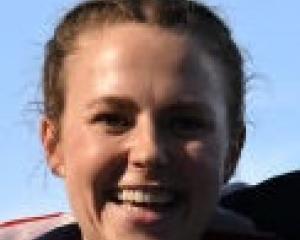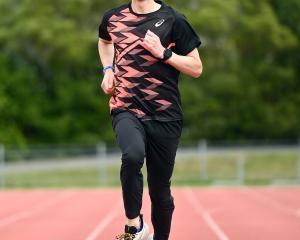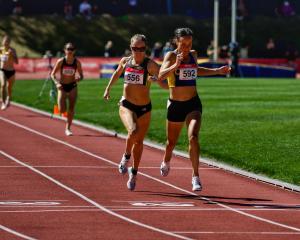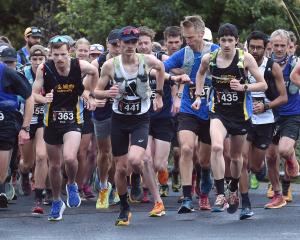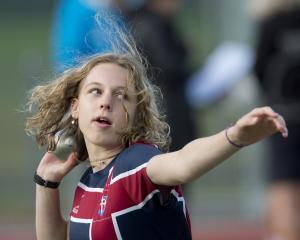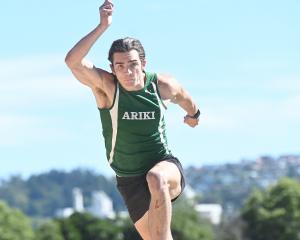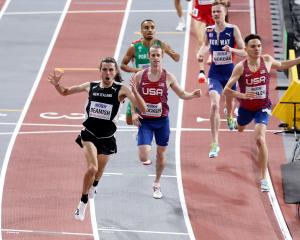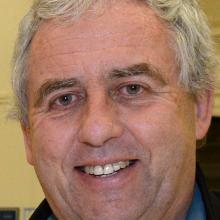
The position was established in 2000 and has been held by Annelies Inghelbrecht over the past four years.
Board chairwoman Megan Gibbons said in her report the Athletics Otago board had decided the position was no longer financially sustainable.
It had reviewed its forecast financial position and decided the post was no longer viable given the continuing downward trend.
She added it was a difficult decision and that some clubs may struggle without the support.
However, the board would look to offer alternatives to those who needed it.
The position will end next month.
Outgoing president Bruce Cowan said in his report he had been involved in creating the role and was disappointed it was no longer financially sustainable.
``I was the president back in 2000 when the role was first established, and helped with the appointment of the first ADO in that year, and have had varying degrees of association but always a high degree of interest in it since that time.
``So I am finding it hard to accept that the position has become financially unsustainable.''
While a slight deficit of $6110 was recorded for the past year, a conservative estimate of a $34,000 deficit had been forecast for the coming year.
That was taking into account ending the role, which came via a $35,000 contract with Sport Otago.
The decision could free up from $15,000 to $25,000 of grant money, although that was not easily transferred to other operating costs.
It had been in administration costs that $73,795 of its $86,003 of expenditure came, while its biggest earners had been organised events, sponsors and grants.
Membership numbers had fallen from 1205 last season to 1119.
Of those, 638 were over 15, a category which includes both competitive and social athletes, as well as volunteers.
Competitive senior members were at just 270, while volunteers made up 126 of the members.
There were also 605 children, or under-15 athletes.
Gibbons said in her report that it was a concern, as numbers traditionally increased following an Olympic year.
She said it needed to look at ways it could meet the needs of both members and the community to allow them to participate how they wanted.
Both Cowan and Gibbons said the board, which was established last year, had been finding its feet.
It had been holding meeting and planning sessions to figure out what was happening and why.
Over the next year it would look to share and implement the key actions it had taken from these.
The success of the region's athletes throughout the year was also noted, both at national and international meetings.


